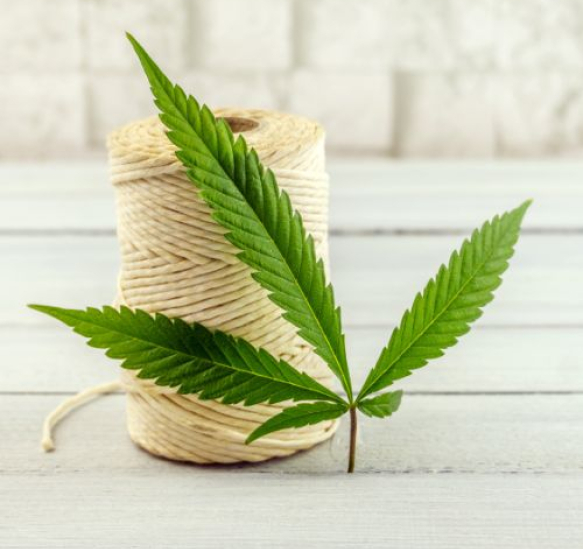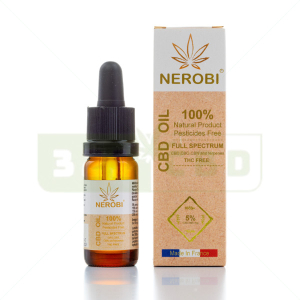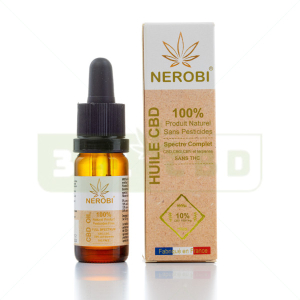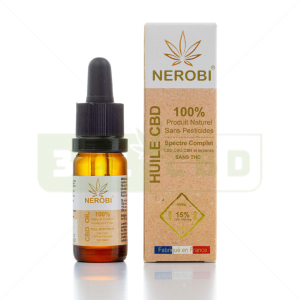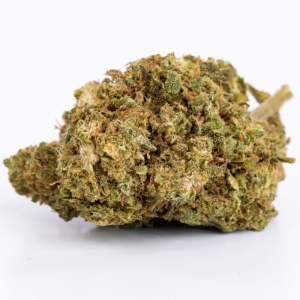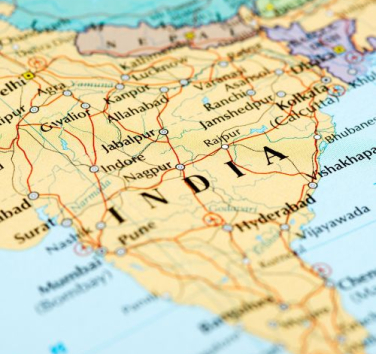What is textile hemp?
Textile hemp belongs to the Cannabaceae family. Different from cannabis with psychotropic properties (although they have a similar shape), this robust plant finds its applications in several fields such as stationery, construction, food, cosmetics and, of course, textiles.
Hemp is one of the oldest textile fibers used by humanity, dating back more than 8,000 BC:
- In ancient times, hemp was used to make durable, moisture-resistant fabrics for clothing and household linens;
- In the Middle Ages, it was favored for making royal clothing. It was notably worn by Charlemagne because of the ease of its harvest and its robustness;
- In the 17th and 18th centuries, textile hemp was mainly used for sails and ship ropes;
- In 1850, at its peak, hemp made up 75% of the world's textiles, before the introduction of cotton reduced its use.
Today, textile hemp is experiencing a revival in the context of the decarbonization of the industry. Mainly grown in China and Vietnam, it is mainly used in the manufacture of clothing, accessories, and as insulation for buildings.
What is the benefit of textile hemp?
In its report, ADEME specifies that the textile industry is responsible for 8% of harmful emissions.The use of hemp is therefore part of a dynamic of decarbonization and optimization of carbon footprint of a historically polluting sector.
- Hemp requires up to seven times less water than cotton, and does not require any specific irrigation system;
- It is particularly resistant to diseases and harmful insects. Therefore, its cultivation does not require any pesticides or chemical fertilizers;
- A hemp field captures as much CO2 as a forest of the same size;
- The transformation of industrial hemp into textiles is done without harmful substances.
As for the finished product, hemp clothing retains its shape and quality longer compared to cotton items. They are also hypoallergenic, non-irritating, dry quickly and protect against UV rays.
But that's not all: hemp clothing is completely biodegradable! They can therefore decompose naturally thanks to the action of living organisms such as bacteria and fungi.
This process transforms materials into simple organic compounds that are returned to the environment without leaving harmful residues. Thus, clothing made from hemp does not contribute to the accumulation of waste in landfills and reduces the environmental impact of the textile industry.

